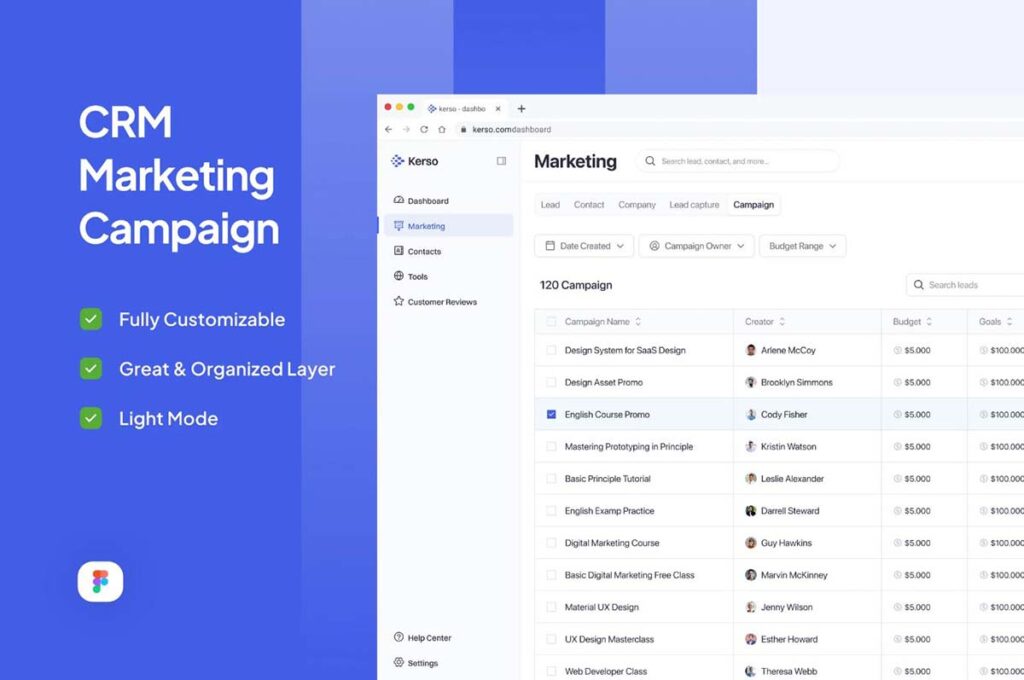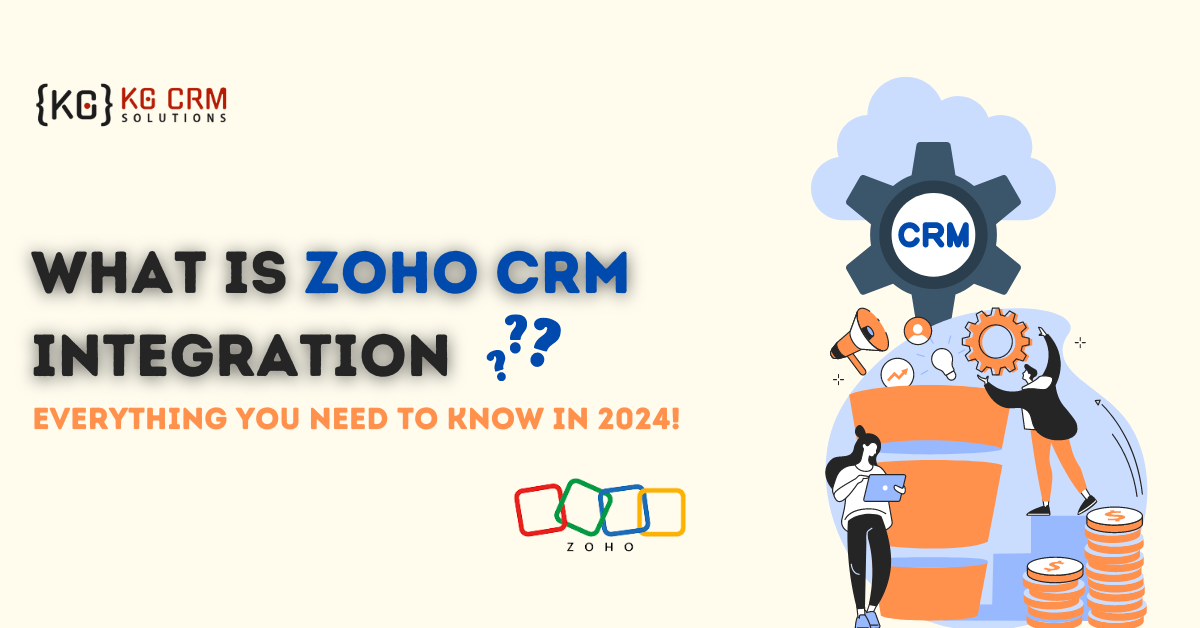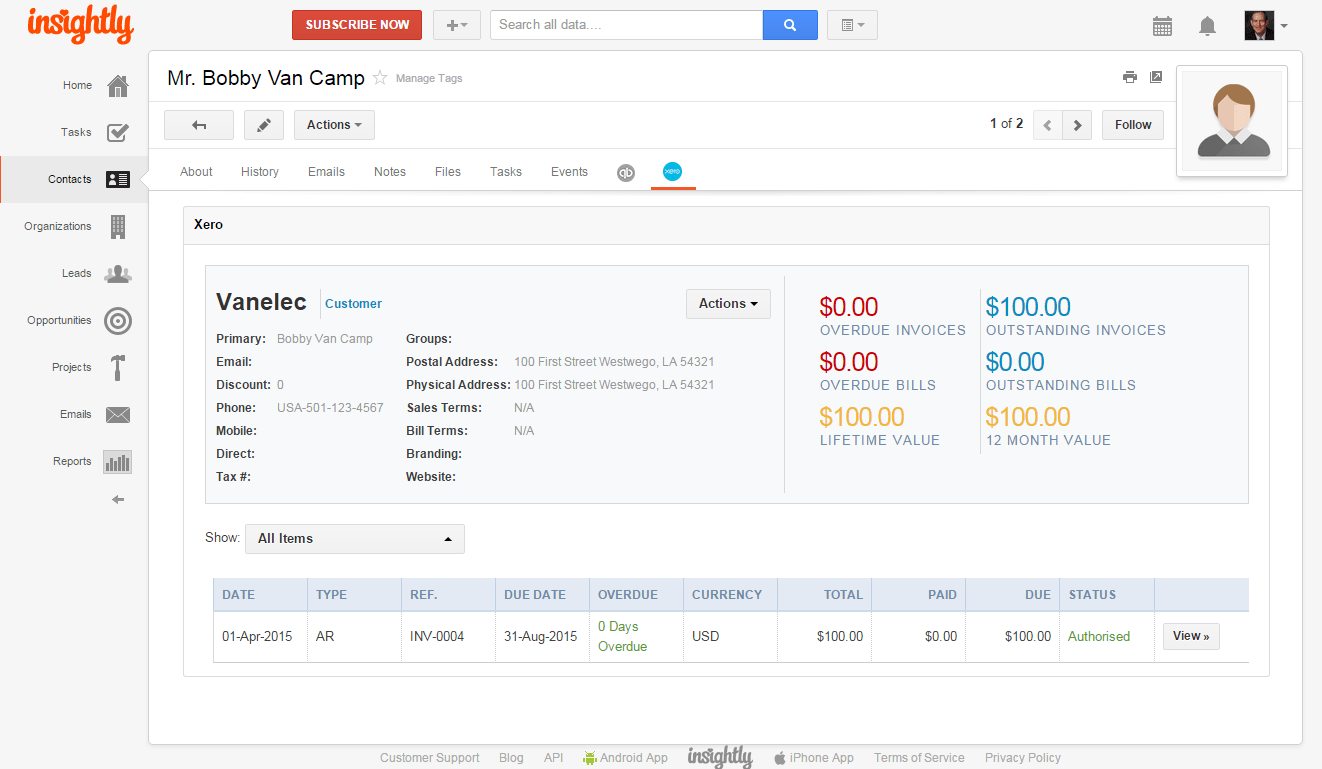
Unleashing the Power of CRM: A Marketing Revolution
In the ever-evolving landscape of digital marketing, staying ahead of the curve is no longer a luxury, it’s a necessity. One of the most potent tools in your arsenal is a Customer Relationship Management (CRM) system. But simply *having* a CRM isn’t enough. The true magic lies in how you *use* it. This article is your comprehensive guide to transforming your CRM into a marketing powerhouse. We’ll delve into a treasure trove of CRM marketing campaign ideas, actionable strategies, and real-world examples to help you not just survive, but thrive in today’s competitive market.
CRM isn’t just about storing customer data; it’s about understanding your customers, anticipating their needs, and delivering personalized experiences that foster loyalty and drive conversions. It’s about building relationships, one interaction at a time. And that’s precisely what we’re going to explore.
Why CRM Marketing Campaigns Matter
Before we dive into the campaign ideas, let’s briefly touch upon why CRM marketing campaigns are so crucial. In a nutshell, they enable you to:
- Personalize your marketing: Tailor your messages to individual customer preferences and behaviors.
- Improve customer engagement: Keep your audience engaged and interested in your brand.
- Increase conversion rates: Guide leads through the sales funnel more effectively.
- Boost customer loyalty: Build stronger relationships and encourage repeat business.
- Optimize marketing spend: Target the right customers with the right messages, reducing wasted resources.
Essentially, CRM marketing campaigns are the engine that drives growth. They turn data into dollars, leads into loyal customers, and businesses into brands that people love.
Campaign Idea 1: Welcome Series that Wows
First impressions matter, and your welcome series is your chance to make a stellar one. This campaign is triggered when a new lead subscribes to your email list, signs up for a free trial, or downloads a valuable piece of content. The goal? To introduce your brand, build trust, and nurture the lead towards a conversion.
Elements of a Great Welcome Series:
- The Initial Welcome Email: This should be sent immediately. Thank the subscriber, reiterate the value they’ll receive, and set expectations. Include a clear call to action (CTA), such as exploring your website or downloading a resource.
- Introduce Your Brand: Subsequent emails should introduce your company’s mission, values, and story. Humanize your brand by sharing your team or showcasing customer testimonials.
- Highlight Key Benefits: Explain the core benefits of your product or service. Focus on how it solves the customer’s pain points and improves their life.
- Provide Valuable Content: Share relevant blog posts, case studies, or tutorials. This positions you as a thought leader and builds credibility.
- Offer a Special Incentive: Consider offering a discount, free shipping, or a bonus resource to encourage engagement.
- The Conversion CTA: The final email in the series should include a clear call to action, such as purchasing a product, scheduling a demo, or requesting a consultation.
Example: Imagine you’re a software company offering project management tools. Your welcome series might look like this:
- Email 1 (Immediately): Thank you for signing up! Here’s a free guide to boost your team’s productivity.
- Email 2 (Day 2): Meet our team and learn about our mission to simplify project management.
- Email 3 (Day 4): Discover how our software can eliminate project bottlenecks. (Includes a case study)
- Email 4 (Day 7): Get 15% off your first month with code WELCOME15!
Campaign Idea 2: Targeted Segmentation and Personalized Offers
One-size-fits-all marketing is a thing of the past. Modern CRM systems allow you to segment your audience based on demographics, behavior, purchase history, and more. This segmentation enables you to deliver highly personalized offers that resonate with each group.
Segmentation Strategies:
- Demographic Segmentation: Age, gender, location, income, etc.
- Behavioral Segmentation: Website activity, email engagement, product interactions, etc.
- Purchase History Segmentation: Past purchases, average order value, frequency of purchases.
- Lead Scoring Segmentation: Based on a lead’s engagement and likelihood to convert.
Personalized Offer Examples:
- For customers who haven’t purchased in 6 months: “We miss you! Get 20% off your next order.”
- For customers who viewed a specific product page: “Did you forget something? Here’s a reminder about [product name].”
- For customers who abandoned their cart: “Complete your purchase and receive free shipping!”
- For high-value customers: Offer exclusive discounts, early access to new products, or personalized concierge services.
Tools for Success: Most CRM systems provide tools to create segments and automate personalized email campaigns. Leverage these features to deliver the right message to the right customer at the right time.
Campaign Idea 3: Nurturing Leads with Content-Rich Sequences
Not every lead is ready to buy immediately. Lead nurturing campaigns are designed to guide leads through the sales funnel, providing them with valuable content and building trust along the way. These campaigns are often triggered by a lead’s initial interaction with your brand, such as downloading a lead magnet or requesting a demo.
Key Components of a Lead Nurturing Campaign:
- Initial Trigger: Define the event that triggers the campaign (e.g., downloading an ebook).
- Content Delivery: Provide valuable content relevant to the lead’s interests and pain points. This could include blog posts, videos, case studies, webinars, and more.
- Progressive Profiling: Ask for more information about the lead over time to better understand their needs.
- Call to Action (CTA): Guide the lead towards the next step in the sales funnel (e.g., requesting a demo, scheduling a consultation).
- Automation: Use your CRM to automate the delivery of content and track lead engagement.
Example: Let’s say you offer marketing automation software. Your lead nurturing campaign might include:
- Email 1 (Immediately): Thank you for downloading our ebook: “The Ultimate Guide to Marketing Automation.”
- Email 2 (Day 3): Blog post: “5 Ways Marketing Automation Can Boost Your ROI.”
- Email 3 (Day 7): Case study: “How [Company Name] Increased Conversions by 300% with Marketing Automation.”
- Email 4 (Day 10): Webinar invitation: “Learn the Secrets of Successful Marketing Automation.”
- Email 5 (Day 14): Request a free demo of our software.
Campaign Idea 4: Customer Retention and Loyalty Programs
Acquiring new customers is expensive. Retaining existing customers is far more cost-effective. CRM systems are perfect for building customer retention and loyalty programs that keep your customers coming back for more.
Loyalty Program Strategies:
- Points-Based Programs: Customers earn points for purchases, referrals, and other activities. These points can be redeemed for discounts, free products, or exclusive experiences.
- Tiered Programs: Customers are categorized into tiers based on their spending or engagement. Each tier receives increasing benefits, such as higher discounts, personalized service, and exclusive access.
- Referral Programs: Encourage existing customers to refer new customers by offering incentives for both parties.
- Exclusive Content and Offers: Provide loyal customers with early access to new products, exclusive discounts, and members-only content.
- Personalized Communication: Show your appreciation with personalized emails, birthday offers, and thank-you notes.
CRM Integration: Your CRM should be seamlessly integrated with your loyalty program to track customer activity, manage points, and automate rewards.
Campaign Idea 5: Win-Back Campaigns
Customers who haven’t engaged with your brand in a while are ripe for a win-back campaign. These campaigns aim to re-engage inactive customers and encourage them to make another purchase or interact with your brand.
Key Elements of a Win-Back Campaign:
- Identify Inactive Customers: Use your CRM to identify customers who haven’t made a purchase or engaged with your emails in a specific timeframe (e.g., 6 months, 1 year).
- Offer a Compelling Incentive: Provide a discount, free shipping, or a special offer to entice them to return.
- Personalize Your Message: Remind them of their past purchases and highlight the benefits of your product or service.
- Show You Care: Express your appreciation for their business and offer assistance if needed.
- Track Results: Monitor the campaign’s performance to see which offers and messages are most effective.
Example: “We miss you! Enjoy 20% off your next purchase. We’ve got some great new products you might like!”
Campaign Idea 6: Cross-Selling and Upselling Campaigns
Leverage your CRM to identify opportunities for cross-selling (offering related products) and upselling (offering premium versions of a product). This strategy can significantly increase your average order value and customer lifetime value.
Strategies for Cross-Selling and Upselling:
- Analyze Purchase History: Use your CRM to identify products that customers often buy together.
- Recommend Related Products: Display related products on product pages, in order confirmation emails, and in personalized email campaigns.
- Offer Product Bundles: Create bundles of related products at a discounted price.
- Highlight Premium Features: Explain the benefits of upgrading to a premium version of a product.
- Provide Excellent Customer Service: Train your sales and support teams to identify upselling opportunities and make recommendations.
Example: A customer purchases a new laptop. Your CRM could trigger an email recommending a laptop bag, a wireless mouse, and a printer.
Campaign Idea 7: Event-Triggered Campaigns
CRM systems enable you to create campaigns triggered by specific events in the customer journey. This allows you to send timely and relevant messages that maximize engagement and conversions.
Examples of Event-Triggered Campaigns:
- Abandoned Cart Emails: Remind customers about items left in their shopping carts.
- Birthday Emails: Send a personalized birthday message with a special offer.
- Anniversary Emails: Celebrate the anniversary of a customer’s first purchase.
- Product Purchase Follow-up: Provide helpful tips, tutorials, and support resources after a purchase.
- Subscription Renewal Reminders: Remind customers to renew their subscriptions before they expire.
Automation is Key: Set up automated workflows in your CRM to send these campaigns automatically, saving you time and effort.
Campaign Idea 8: Feedback and Review Requests
Customer feedback is invaluable. Use your CRM to automate the process of requesting reviews and feedback from your customers.
Strategies for Gathering Feedback:
- Send Automated Review Requests: Send a follow-up email after a purchase or service interaction, requesting a review.
- Make it Easy to Leave a Review: Provide a direct link to your review platform (e.g., Google Reviews, Yelp).
- Offer Incentives: Consider offering a small incentive for leaving a review (e.g., a discount on a future purchase).
- Respond to Reviews: Actively respond to both positive and negative reviews to show that you value customer feedback.
- Use Feedback to Improve: Analyze customer feedback to identify areas for improvement and enhance your products or services.
CRM Integration: Integrate your review platform with your CRM to track customer feedback and identify trends.
Campaign Idea 9: Educational and Informative Campaigns
Position yourself as a thought leader by sharing valuable educational content with your customers. This builds trust, establishes your expertise, and keeps your brand top-of-mind.
Content Ideas:
- Industry News and Trends: Share relevant articles, reports, and insights.
- How-to Guides and Tutorials: Provide step-by-step instructions on how to use your product or service.
- Webinars and Online Courses: Offer in-depth training and education.
- Case Studies and Success Stories: Showcase how your product or service has helped other customers.
- Product Updates and Announcements: Keep your customers informed about new features and improvements.
Segment Your Audience: Tailor your content to different customer segments to ensure it’s relevant and engaging.
Campaign Idea 10: Social Media Integration
Integrate your CRM with your social media platforms to amplify your marketing efforts and engage with your audience in new ways.
Social Media Strategies:
- Targeted Advertising: Use your CRM data to create highly targeted advertising campaigns on social media.
- Social Listening: Monitor social media for mentions of your brand and respond to customer inquiries.
- Social Sharing: Encourage customers to share your content on social media.
- Contests and Giveaways: Run contests and giveaways to increase engagement and generate leads.
- Social Proof: Display customer testimonials and reviews on your social media profiles.
CRM Integration: Integrate your CRM with your social media platforms to track social media interactions and measure campaign performance.
Measuring Success: Key Metrics for CRM Marketing Campaigns
Implementing these campaigns is only half the battle. To truly succeed, you need to measure your results and optimize your strategies. Here are some key metrics to track:
- Conversion Rate: The percentage of leads who convert into customers.
- Click-Through Rate (CTR): The percentage of recipients who click on a link in your email or ad.
- Open Rate: The percentage of recipients who open your email.
- Customer Lifetime Value (CLTV): The total revenue a customer generates over their relationship with your brand.
- Customer Acquisition Cost (CAC): The cost of acquiring a new customer.
- Return on Investment (ROI): The profitability of your marketing campaigns.
- Customer Retention Rate: The percentage of customers who remain loyal to your brand.
- Website Traffic and Engagement: Track website visits, bounce rates, and time on page.
Use Analytics Tools: Leverage your CRM’s built-in analytics tools and integrate with Google Analytics and other platforms to track your key metrics.
Choosing the Right CRM for Your Marketing Needs
The right CRM is crucial for the success of your marketing campaigns. Consider these factors when choosing a CRM system:
- Features and Functionality: Does the CRM offer the features you need, such as email marketing, segmentation, automation, and reporting?
- Scalability: Can the CRM scale with your business as you grow?
- Integration: Does the CRM integrate with your existing tools and platforms, such as your website, email marketing platform, and social media channels?
- Ease of Use: Is the CRM user-friendly and easy to learn?
- Pricing: Does the CRM fit your budget?
- Customer Support: Does the CRM provider offer excellent customer support?
Popular CRM Platforms: Some of the most popular CRM platforms include Salesforce, HubSpot, Zoho CRM, Microsoft Dynamics 365, and Pipedrive.
Final Thoughts: The Path to CRM Marketing Mastery
CRM marketing is not a one-time project, it’s an ongoing process of learning, testing, and optimization. By implementing the campaign ideas and strategies outlined in this article, you can unlock the full potential of your CRM and transform your marketing efforts. Remember to focus on personalization, providing value, and building strong relationships with your customers. Embrace data-driven decision-making, continuously analyze your results, and adapt your strategies to stay ahead of the competition. The journey to CRM marketing mastery may take time and effort, but the rewards – increased conversions, improved customer loyalty, and sustainable growth – are well worth it. So, take action, start experimenting, and watch your business thrive!




